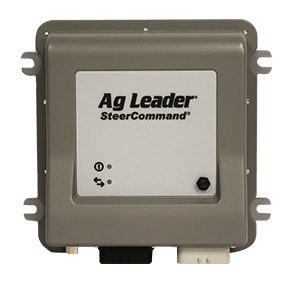Insurance and Government Reporting
Keeping accurate records of all areas planted for a crop, has become a necessary part of agriculture. If you take part in government programs, you need to make a trip to the local FSA office to certify the acres and specify the crop planted on each field. If you have changed field boundaries, planted corn on corn, or removed some alfalfa remembering all these details and matching the FSA acres can be a burden.
Three things can be helpful before you go to the government office (FSA).
- Print maps and reports to assist in the process of identifying the fields and crops planted. The government will not use the acres on your maps because they use the CLU (Common Land Units) acres, but your maps are very helpful in the identification process. Putting a satellite image in the background of the planting maps is also very helpful in associating your fields to the government CLUs.
- To ensure everything is done accurately and timely, be patient and go early. There are federal rules regarding misreported acres and you want your information to be reported accurately.
- As soon as planting is over, report your acres to your insurance agent first. You can then use your acreage reports from the agent to simplify the certification process with the government office.
Reporting to your insurance agent is another important step. Here are a few things to remember when working with your insurance agent.
- Many of you will be using the Biotechnology Endorsement, which is where you receive a premium adjustment based on a percentage of the field being planted to a qualifying hybrid. To see if your hybrids are on the list, go here. Since this is done on a percentage basis, you can use the planting maps in SMS with the percentages in the legends to assist in this process.
- For Iowa the acreage reporting deadline is June 30th while Illinois, Indiana, Michigan, Missouri, and Ohio is July 15th. Go here for a complete list for your state, even though the dates on the site are not current, the dates are still accurate.
- A new insurance rule for 2010 is that specialty soybeans must be reported by specialty type. Small and large food grade, low linolenic, low saturated fat and high protein soybeans are all types of specialty soybeans that need to be identified. Again having a record of these crops is essential in the reporting process.
So, providing accurate information to the government and for insurance coverage is an important aspect of agriculture. Utilize the tools in SMS Software to assist in these reporting processes.


















